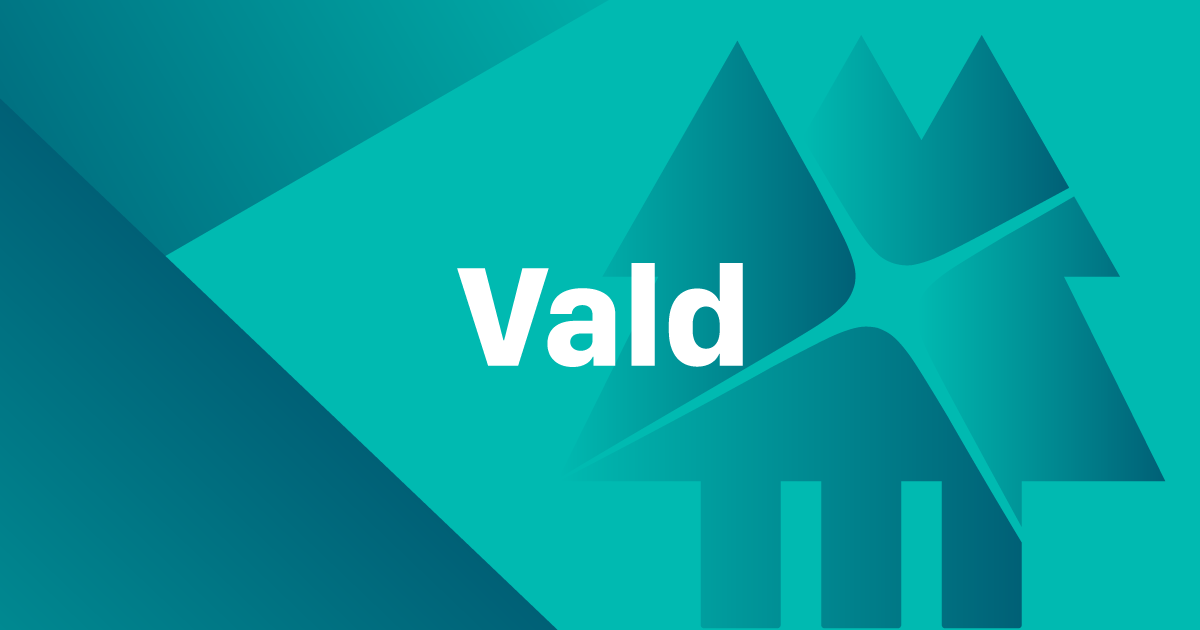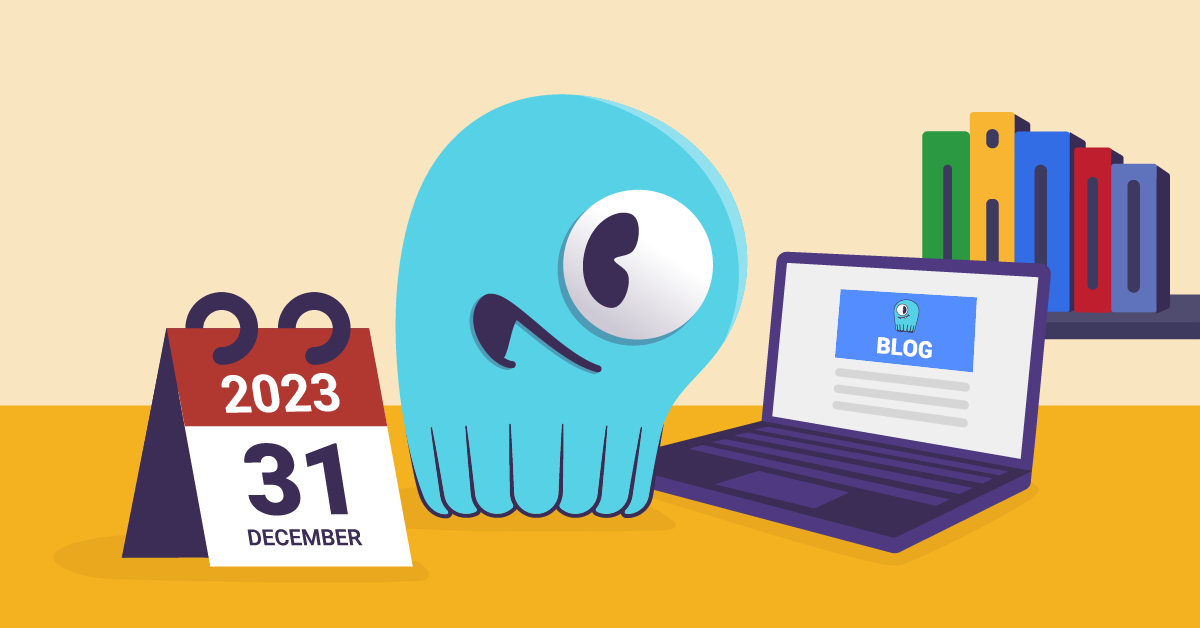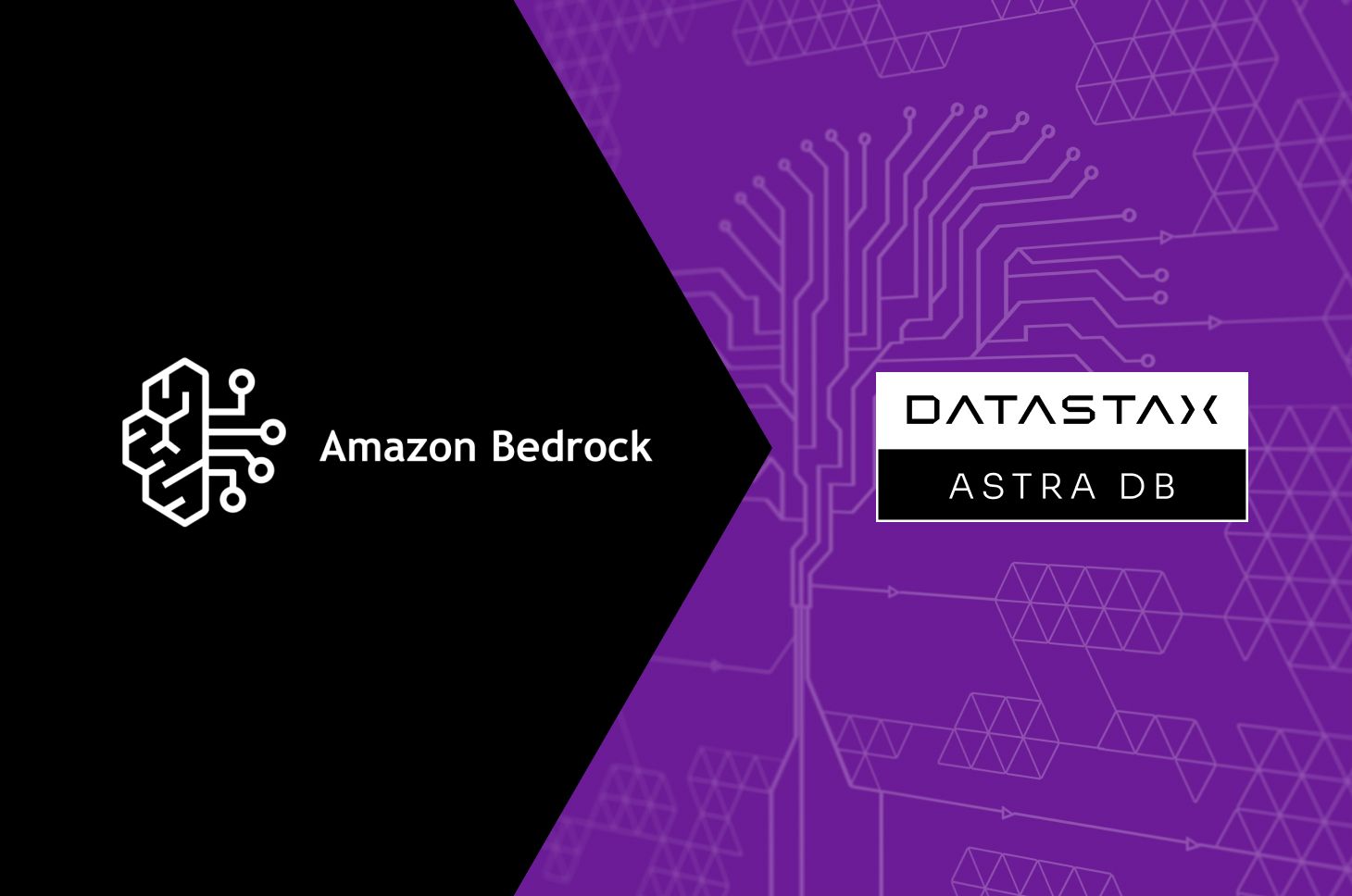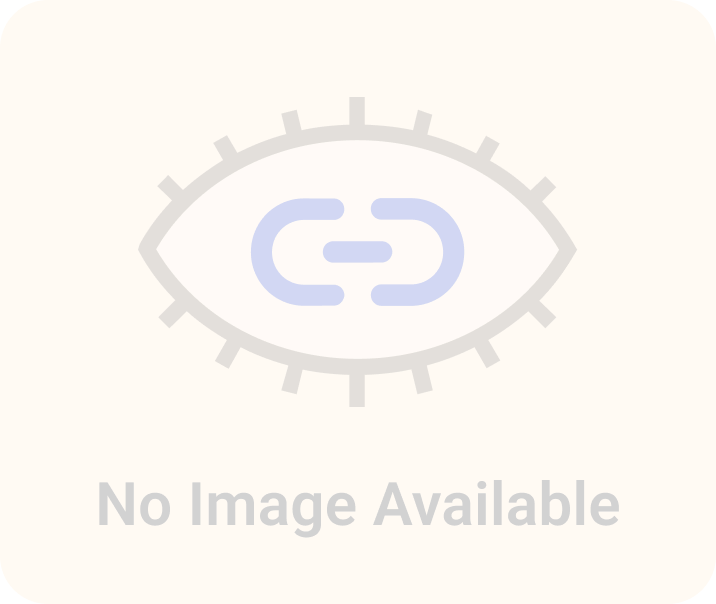MongoDB is considered the most famous of NoSQL databases out there. It is the go-to tool used by Javascript developers when it comes to the creation of code that combination with Express, Angular or React, and Node.
Side note: the term NoSQL is the name given to describe any type of database that does not conform to the SQL relational model.
NoSQL can be said to have entered mainstream usage around 2009 with sites like MySpace shooting it. There are significant differences between NoSQL and previous database architecture that can result in lost records and diminished performance:
But as good as NoSQL can be, it has abandoned some of the core features of databases that make them highly attractive and easy to use. And as a direct result, many developers are contemplating moving away from MongoDB and NoSQL to alternatives such as Redis, PostgreSQL, Cassandra or DynamoDB.
So if you are also considering migrating from MongoDB to any of these four alternatives, here are what you should expect from each, their upsides and downside in utilization plus what they are best used for.
Table of Contents
PostgreSQL
We are starting off our list with PostgreSQL. Also known as Postgres, it is a popular, free SQL database used by a substantial majority of developers.
Over the years relational database has been evolving with its advocates noting the ongoing prevalence of SQL architecture and improved ability to conduct operation analytics on SQL databases. This means that they can handle a majority of the workloads, with the scalability, reliability, and availability that is required to run modern applications.
In summary, if an SQL database is scalable, then it's preferred over NoSQL and PostgreSQL falls under this category.
Pros
- First off, it is a very powerful tool with over 30 years of nonstop development. This means that there are a lot of developers making use of it.
- Next is that it is platform agnostic. Hence it can be run on most platforms including AWS and Google Cloud.
- Plus, PostgreSQL is known for its speed. Outperforming MySQL which is already known to be faster than MongoDB.
Cons
- Since PostgreSQL is an SQL database it comes with the penalty of added complexity.
- Migration from a NoSQL platform over to PostgreSQL isn't a straightforward affair. They are both fundamentally different structures.
Use case: PostgreSQL is the first database management system that implements a multi-version concurrency control feature, even before Oracle. MVCC for short.
Since it is a general-purpose object-relational database management system. It allows you to add custom functions developed using different programming languages such as C/C++, Java, etc.
DynamoDB
Developed by Amazon Web Services (AWS), DynamoDB is also a NoSQL database that store JSON-like data with the arbitrary schema, same as MongoDB. Plus with the addition of "encryption at rest" it can be considered to be ahead of MongoDB. However, since they both share the same NoSQL structure, migration from MongoDB is very simple and straightforward.
Pros
- Since DynamoDB resides and is propagated in AWS, it automatically has all the advantages of the AWS platform.
- Migration is also very simple and easy to carry out.
Cons
- The major issues lingering in the NoSQL database are still present.
- It's an AWS exclusive product so in order to use it you have to be on the AWS platform.
- There is also a bit of scaling issues you would need to take note off.
Cassandra
Written in Java with deployments on BSD, Linux, OS X, and Windows platform. Cassandra was originally developed by Facebook but now a product of the Apache software foundation, it is a highly scalable open-source non-relational database that has the advantage of being continuously available, with linear scale performance, operational simplicity and easy data distribution across multiple data centres and cloud availability zones.
Pros
- It can easily scale without losing its reliability
- Functions across multiple servers easily due to the fact that Cassandra was developed to act on the Cluster based infrastructure (for example Hadoop).
- It now has limited ACID capabilities as a result of Lightweight Transactions since version 2.0.
Cons
- If you require ad-hoc queries then you are out of luck as it doesn't support such.
- Also, it has limited support for aggregations with a single partition. Even when possible they can be very resource-intensive.
- There is also a bit of scaling issues you would need to take note off.
Best for:
Cassandra is best for real-time analytics. So if you are developing applications that require massively scalable systems with a tone of data then it is a good idea to take a look at Cassandra.
Redis
If you have a need for speed then this might just be what you are looking for. Based on working with an in-memory dataset, it enables you to run atomic operations on data structures such as strings, hashes, lists, sets, sorted sets with range queries, bitmaps, hyperloglogs and geospatial indexes with radius queries.
But it should be noted that Redis runs best with very clearly defined and limited datasets. This might be an issue if you are into designing prototypes. But will be an advantage if you have a good structure plan you wish to implement such as pre existing applications.
Pros
- A high performance, exquisitely fast database.
- Can increase the speed of existing applications.
Cons
- Does not scale very well.
- Isn't supported officially on Windows.
- And it requires some in-depth planning before use so not ideal for prototyping.
Best for:
If you have an application that requires data to be shared across multiple servers, processes and other applications then Redis is the scalable data store you might need.
Summary
Having a multitude of choices when selecting an alternative for MongoDB means you can be a bit pickier. You have to examine your platform, needs and use-case to make a good judgement. We do however have a preference for DynamoDB and Postgresql. Especially in the case of DynamoDB if you are already on the AWS platform but Cassandra and Redis have their use cases too and work better for certain workloads.









